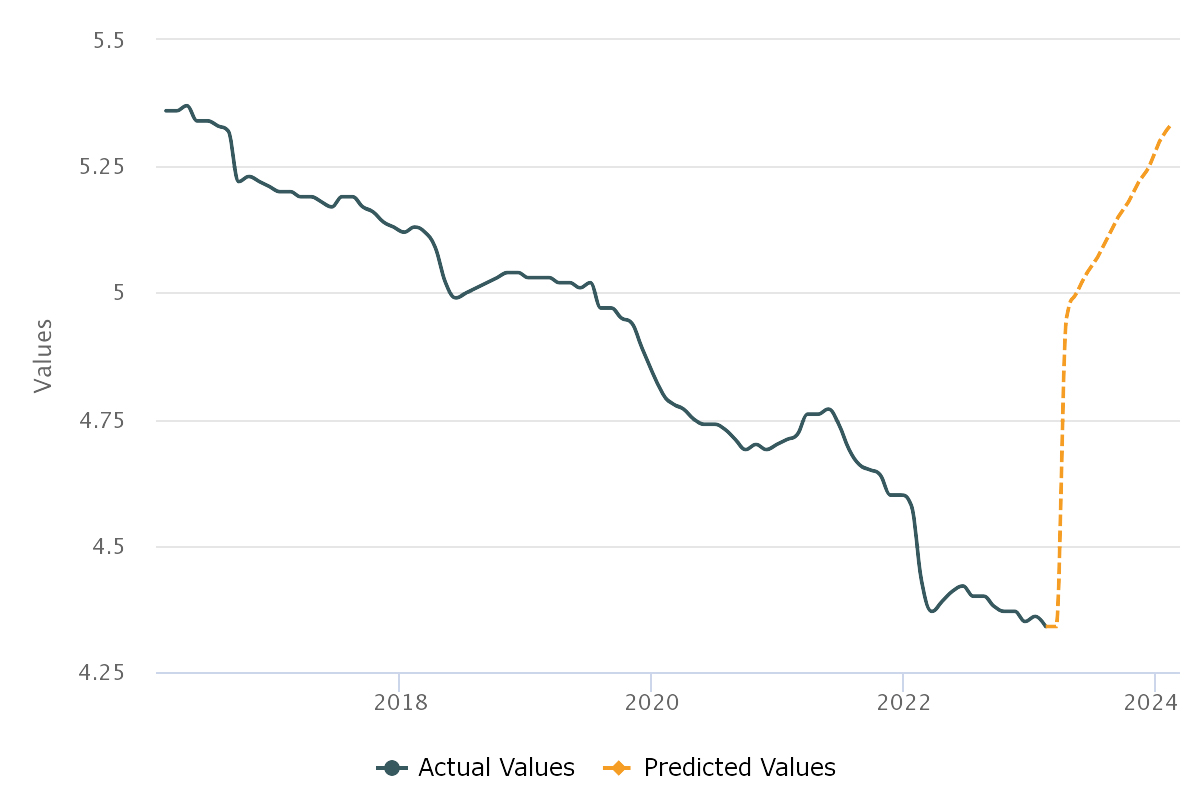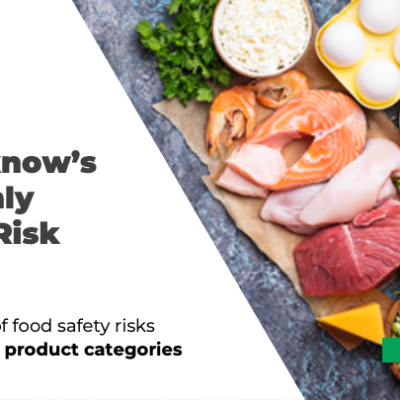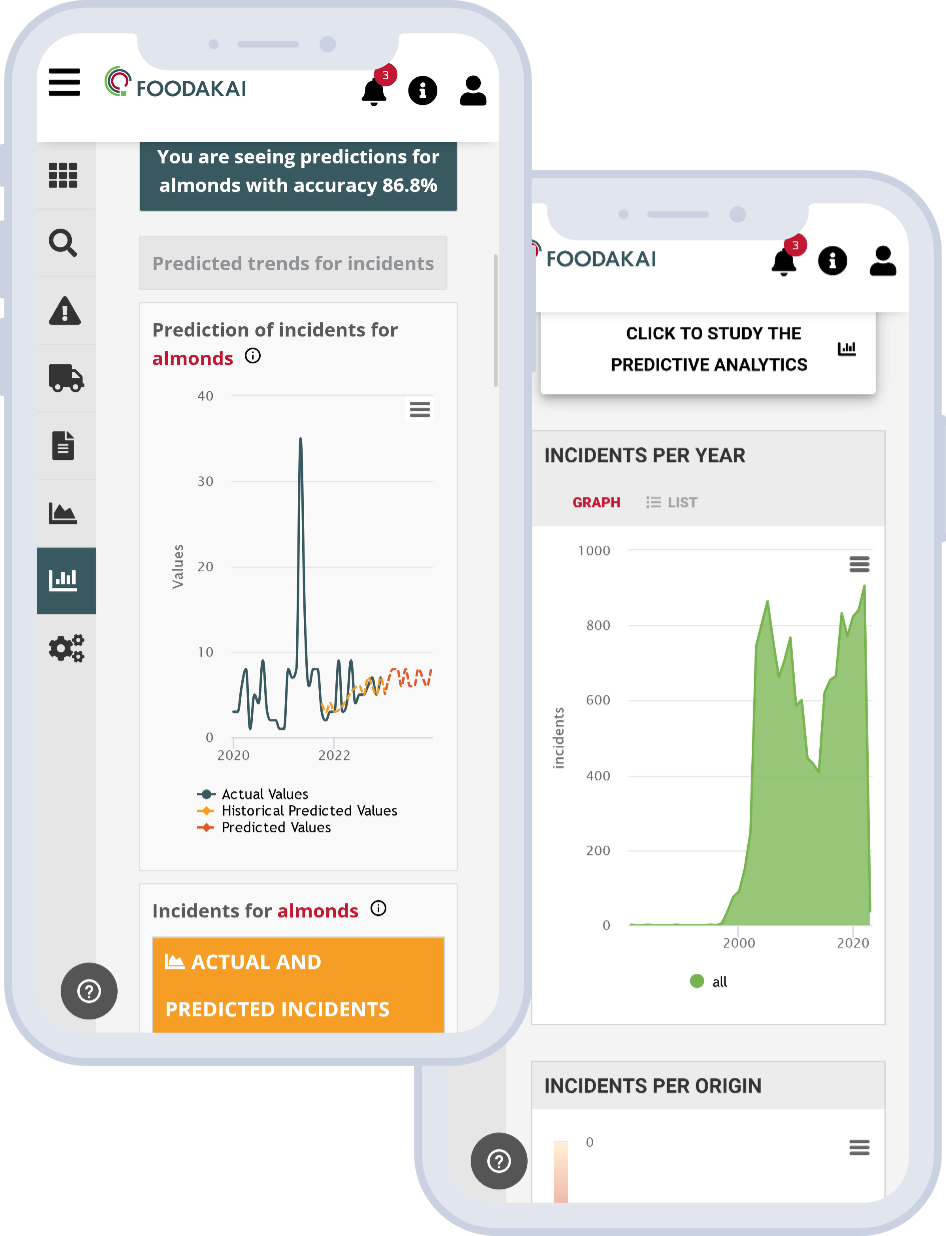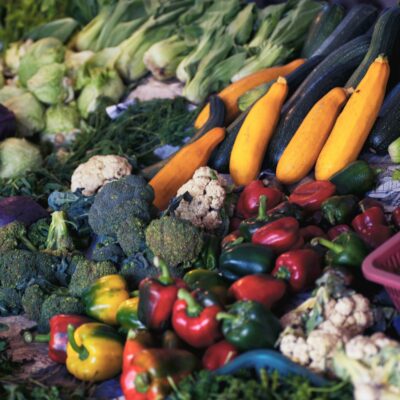
Food safety incident trends & forecasts in fruits and vegetables
The fruits and vegetables industry is a large and diverse sector that encompasses the production, processing, distribution, and retailing of fruits and vegetables. This industry plays a critical role in meeting the global demand for fresh produce and processed foods, including canned, frozen, and dried fruits and vegetables, as well as fruit juices and purees.
The fruits and vegetables industry is subject to a variety of regulations and standards related to food safety, quality, and environmental sustainability. These regulations are designed to ensure that fruits and vegetables are safe and nutritious for consumers and that they are produced and distributed in an environmentally responsible manner.
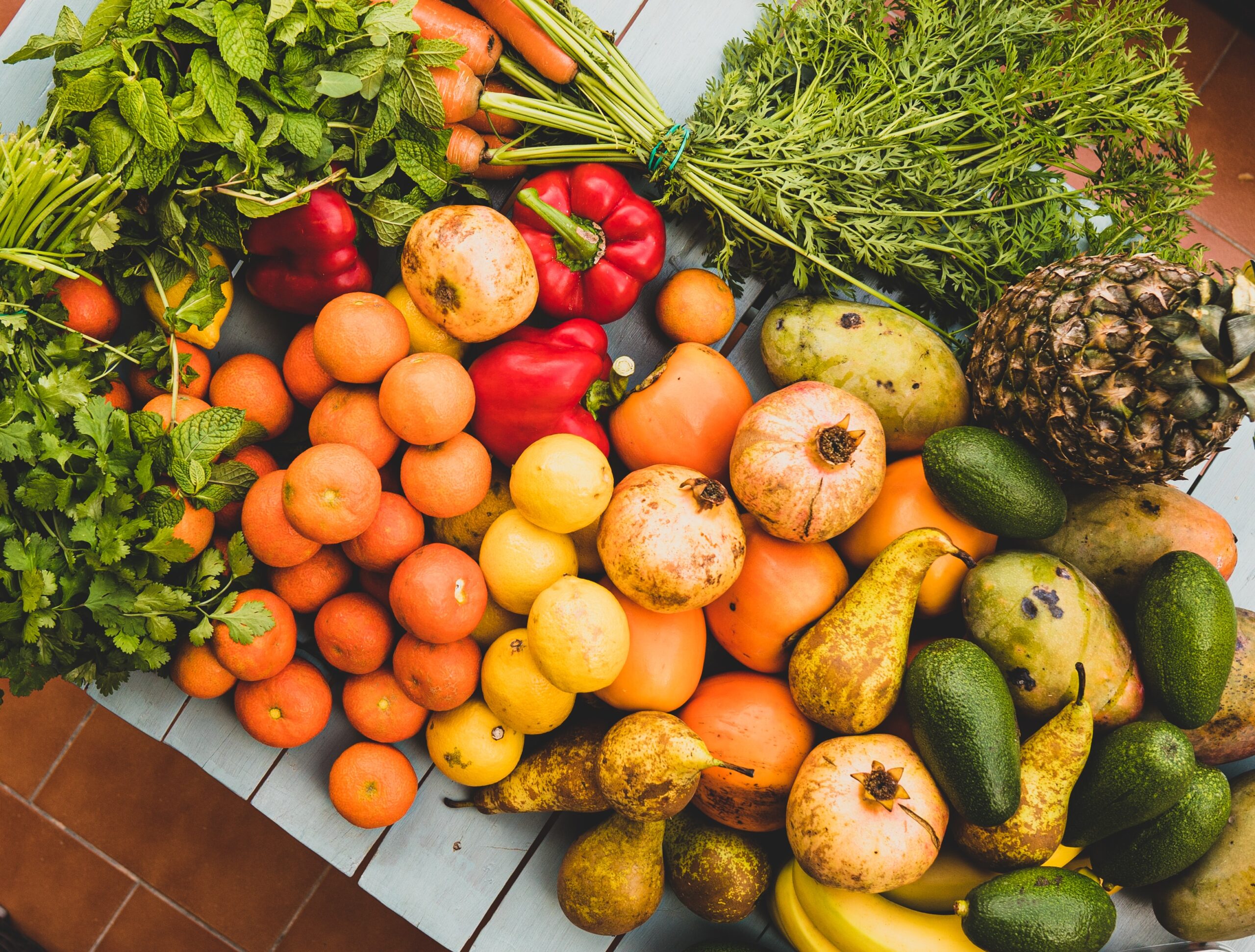
Pesticides are chemicals that are used to protect crops from pests and diseases, including fruits and vegetables. While pesticides can help to improve crop yields and reduce losses due to pests, their use can also raise concerns about food safety and potential health risks associated with pesticide exposure.
To ensure the safety of fruits and vegetables that have been treated with pesticides, regulatory authorities set limits on the amount of pesticide residue that can be present in or on these foods. These limits are based on extensive research and risk assessments to determine the maximum safe levels of exposure to pesticides.
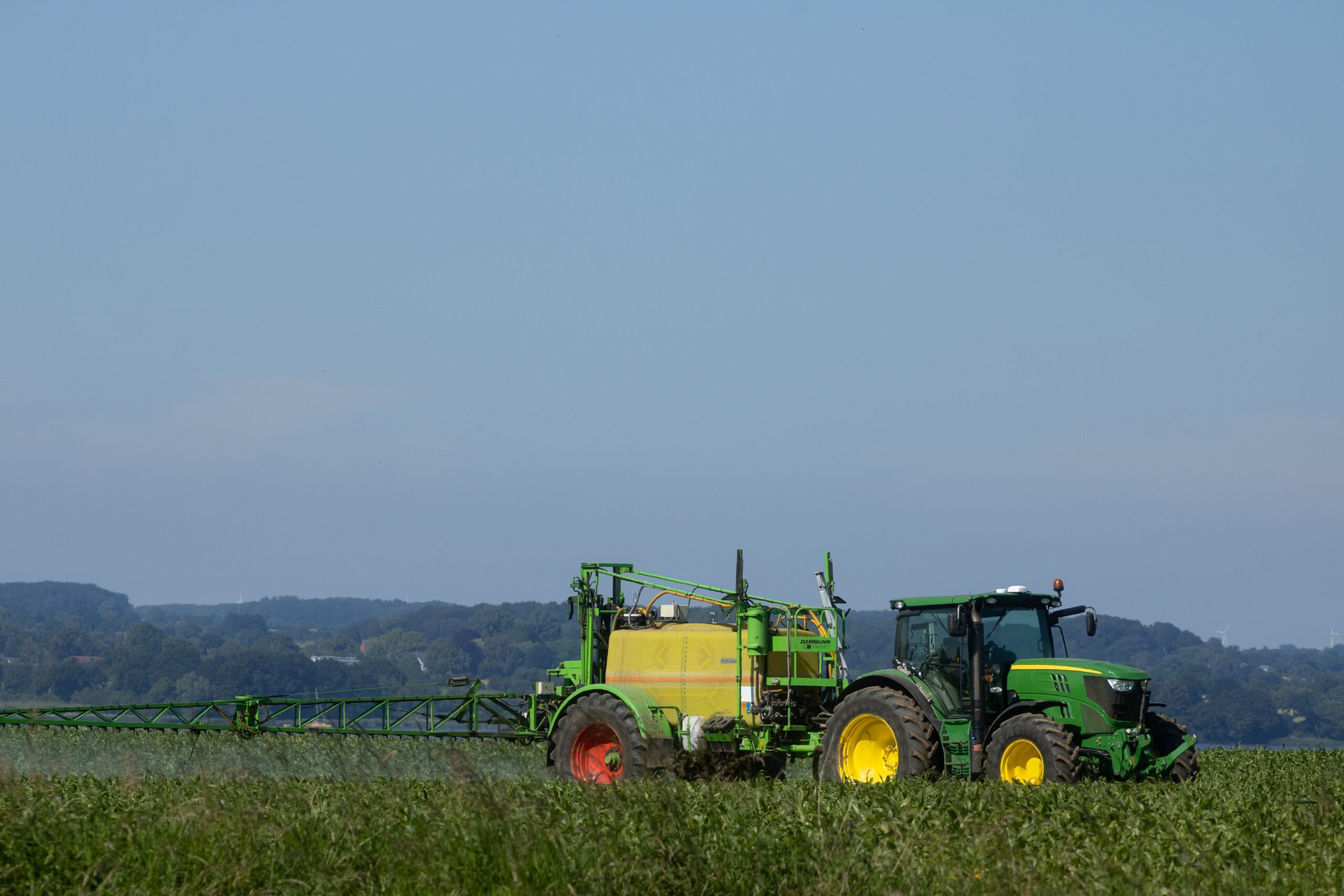
Even though strict regulations are in place regarding the maximum levels of pesticides, based on the 2021 Annual Report of the European Commission, pesticides have been the most important hazard notified, representing 27 % of health-related notifications. In particular, pesticide residues found in fruits and vegetables originating from Turkey and Egypt were listed as the 1st and 5th most recurring RASFF notification with a total of 359 and 99 notifications, respectively. In 2021, pesticide residues were the most reported issue in RASFF, representing an increase of 61% in comparison with 2020 and more than quadruplicated in comparison with 2019.
Regarding non-compliance regulations, the top reported product category was fruits and vegetables, accounting for 15% of all non-compliances notifications. Three-quarters of these notifications were concerning pesticide maximum residue limits exceedances that have not triggered RASFF notifications as because the exceedances did not imply a health risk. In 2021, this regular screening of information allowed the Commission to identify potential fraud in 1079 RASFF notifications and in 375 AAC notifications. Fruits and vegetables ranked first for both types of notifications, as in 2020. Most of the suspicions concerned findings of pesticides in food or feed that are not approved in the EU and therefore considered potentially fraudulent practices. This explains the high number of notifications for this product category.
The majority concerns fruits and vegetables originating from non-member countries where legislation regarding pesticides is different than the European one and allows the application of treatments not permitted in the EU. The detected hazards particularly concern pesticides that have been recently removed from the list of authorized substances.
Future trends in the fruits and vegetables industry regarding pesticides contamination
Since the beginning of the year, 173 incidents have been reported worldwide regarding the excess of pesticides in fruits and vegetables. Out of those incidents, 32 resulted in recalls and 121 in border rejection. As can be seen in the figure below, Turkey and Egypt are among the top countries with the highest number of incidents. Furthermore, the table is depicted that chlorpyrifos and chlorpyrifos-methyl were responsible for the highest amounts of incidents, 22 and 19, respectively.
According to the 2021 annual report of the European Commission, these substances played an important role in the increase in notifications. In 2019, EFSA identified concerns for chlorpyrifos and its related substance chlorpyrifos-methyl, about possible genotoxic effects and neurologic effects during development and concluded that no safe exposure level could be established. This means that any non-compliance holds a potential health risk and that member countries from then on are notified of all non-compliances for these substances in RASFF.

FOODAKAI’s forecasting algorithms had already predicted that there would be an increase in the risk by 18.57% in “fruits and vegetables” due to pesticides in 10 months. Furthermore, a 6 % increase in the incidents of pesticide residues in “fruits and vegetables”, has been predicted. Finally, regarding the use of pesticides in the future according to the paper by Professor Elliott, the FAO warned that the rise in the geographic spread of pests would lead to an increased need for pesticide application. Linked to this is the evidence that pesticides are less effective, due to climate change, as they degrade more quickly in warmer temperatures.
